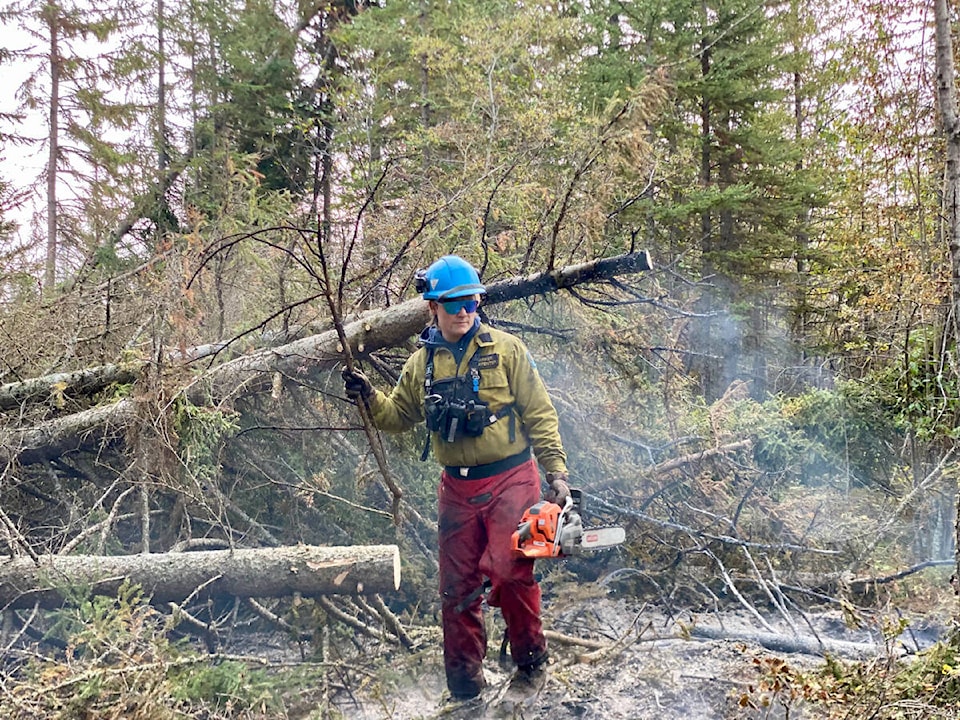Hay River will be reviewing its re-entry plan on Sept. 8.
Mayor Kandis Jameson said the plan will be made public on Monday, Sept. 11.
”This weekend, warmer dry weather comes with a significant risk for the fire to grow,” said Jameson. “Once the warm weather subsides, we will have a good indication of when the risk for citizens will be reduced to an acceptable level. This will be reviewed by council again on Monday before dates are announced. We would like you to come home and be safe.
“Our thoughts are with those that have lost their livelihoods and their homes, the people that have provided shelter for us and of course those that have been so brave on our behalf.”
Emergency Management Organization (EMO) information officer Jay Boast said that people evacuated from Hay River, Fort Smith and K’átł’odeeche First Nation will have their accommodations extended to Sept. 22.
Wildfire information officer Mike Westwick said the goal remains to get the fire that is close to communities suppressed, noting the wildfire has grown to a size larger than the City of Edmonton.
“It’s a combination of just weather conditions,” he said. “So we’ve seen very little rain both in the spring and heading through the summer.
“As well as conditions in the environment like forest that’s built up over decades in some cases in these areas that don’t have history of fire in the area. That, along with long term drought in all of the areas that have been most affected certainly this year, all of that is contributing to larger more difficult fires to deal with.
“It comes down to, in part, decisions of the past. We used to fight every fire, no matter where it, was without much consideration for the ecological importance of fire.
“That’s led to built up fuel in the environment and fire that was just ready to go. That’s a reality that the firefighters today are facing as a result of those decisions, and of course, climate change is a factor.”
Westwick said forecast south by southwest winds could push fires closer to the community, which firefighters would be watching this weekend.
The Hay River-Kakisa, classified as SS052, is 470,511 hectares in size. Over 220 personnel are currently fighting it, 9 helicopters, 26 pieces of heavy equipment, and airtankers.
“The fires in both Hay River and Fort Smith areas are each larger than the U.S. state of Rhode Island,” said Westwick. “Between the North Slave Complex, Hay River, and Wood Buffalo Complexes, we have a fire area considerably larger than Puerto Rico.”
Emergency Management Organization deputy incident commander Jamie Fulford said the territory was planning to use a similar pre-registration system as was done with the return to Yellowknife.
